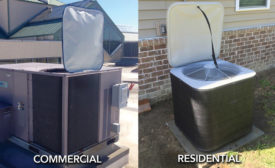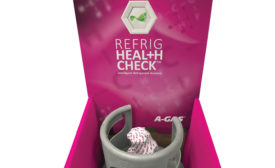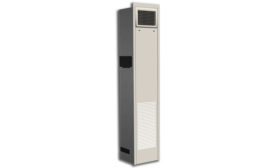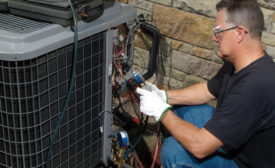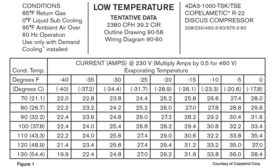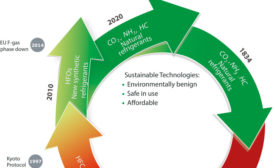Refrigeration
AHRI Releases Refrigerant Management Research Report
Research examines global refrigerant programs
February 19, 2016
R-22 Phaseout Slashes Supply to 18M Pounds
Refrigerant Phaseout, SNAP changes, and more will affect HVACR industry in 2016
Read More
Report Names Top 3 Trends Impacting the Industrial Refrigeration Systems Market
Market to post CAGR of close to 7% during the forecast period
February 8, 2016
NASRC Dedicated to the Future of Natural Refrigerants
Organization built on technician training, price, and regulatory activity surrounding natural gases
Read More
The Professor: Understanding Compressor Amperage Curves
Table-style charts are easy to read and provide valuable information about system function
Read More
Tips for Surviving Refrigerant Transitions, Part 1
A look at how we got to where we are and what the future holds
Read More
Ice Breaker: The Essence of a System Startup
Follow this checklist to ensure all the components work together as a system
Read More
Copyright ©2024. All Rights Reserved BNP Media.
Design, CMS, Hosting & Web Development :: ePublishing
